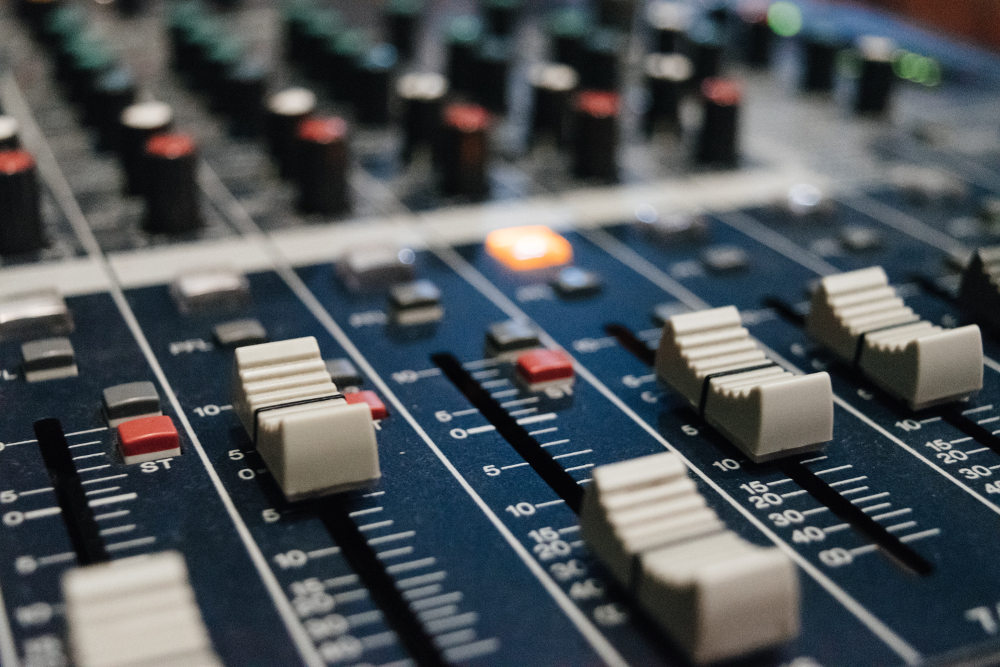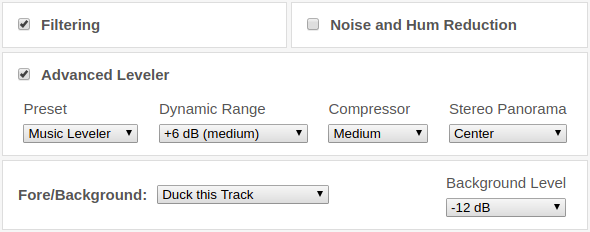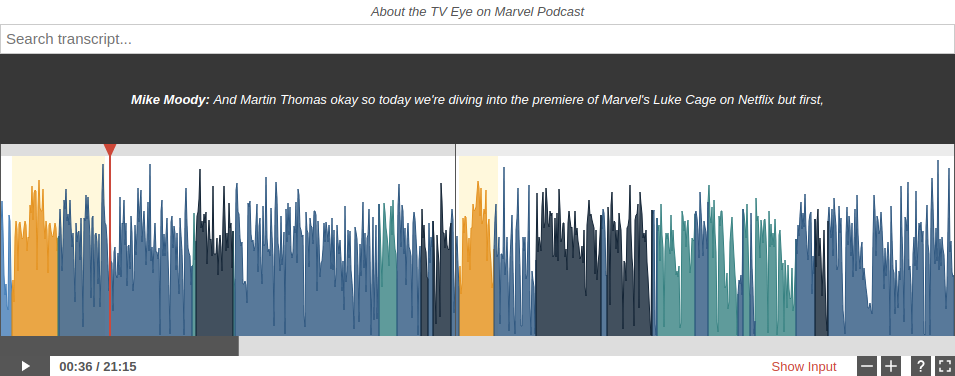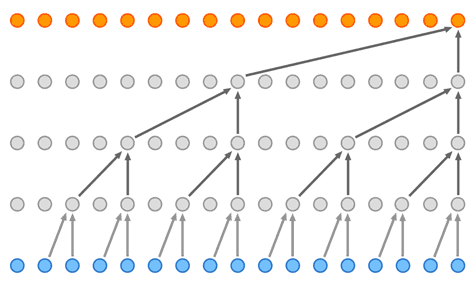If listeners find themselves using the volume up and down buttons a lot,
level differences within your podcast or audio file are too big.
In this article, we are discussing why audio
dynamic range processing
(or leveling) is more important than
loudness normalization,
why it depends on factors like the listening environment and the individual character of the content, and why the
loudness range
descriptor (LRA) is only reliable for speech programs.
 Photo by Alexey Ruban.
Photo by Alexey Ruban.
Why loudness normalization is not enough
Everybody who has lived in an apartment building knows the problem: you want to enjoy a ...
 Resist the loudness target war!
(Photo by
Resist the loudness target war!
(Photo by 





 Screenshot of our
Screenshot of our  Layers of a
Layers of a